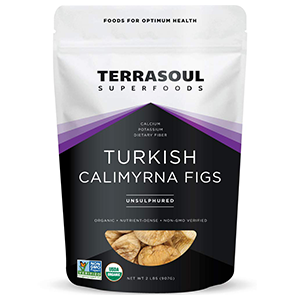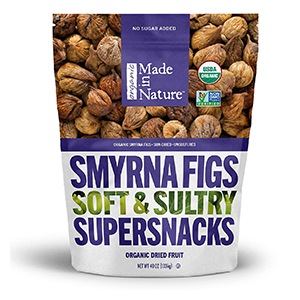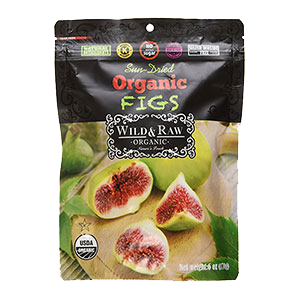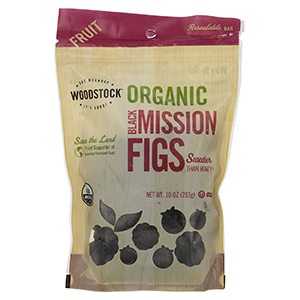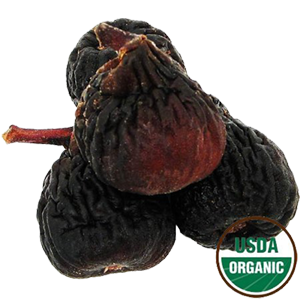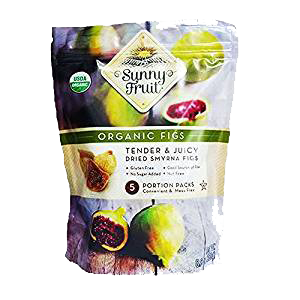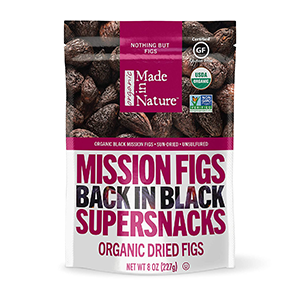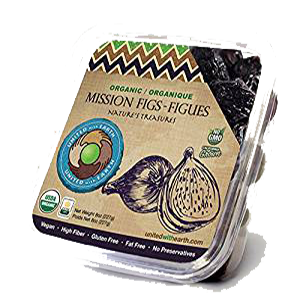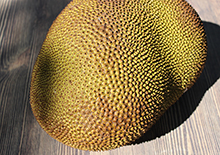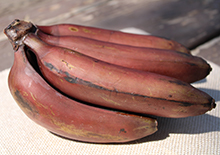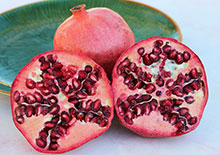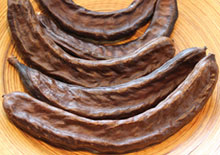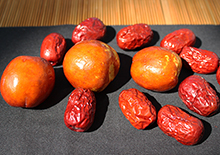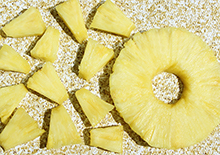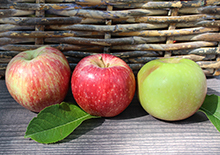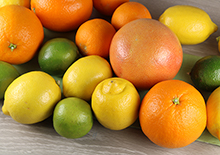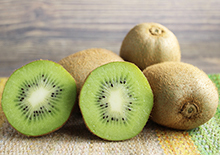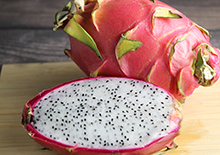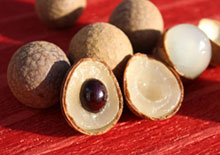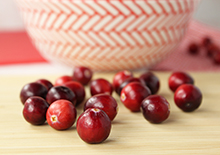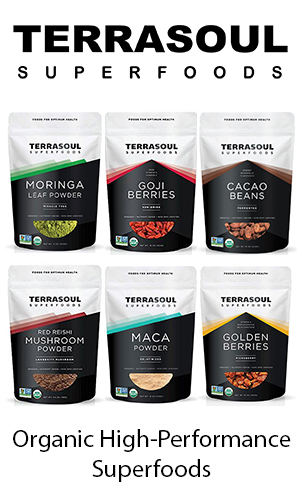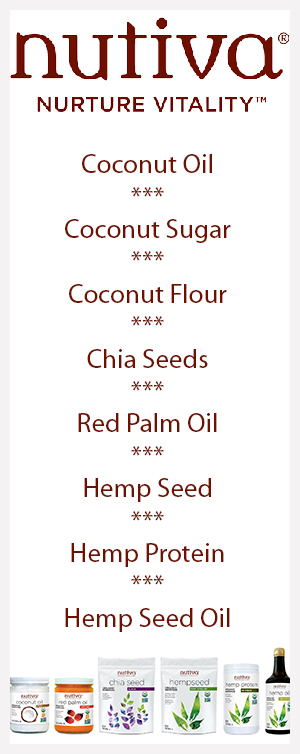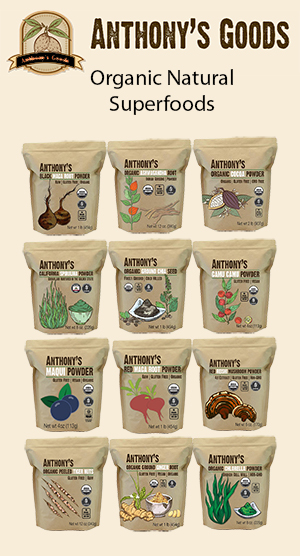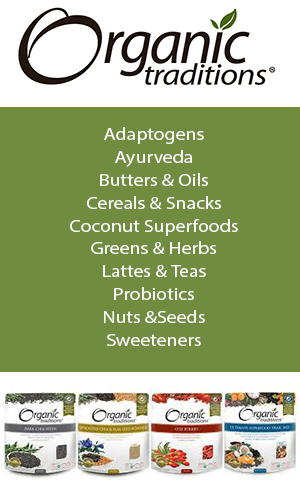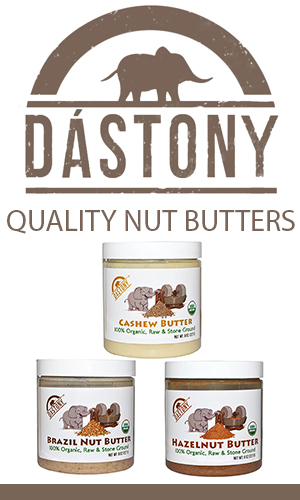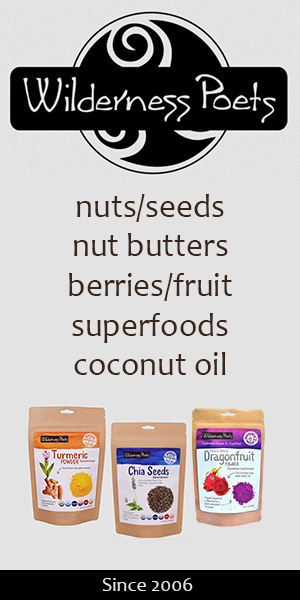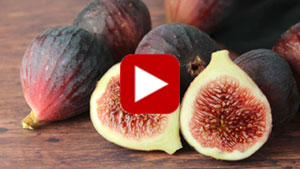- Home
- Super Fruits
- Benefits of Figs
Nutritional Benefits of Figs, Do They Contain Fig Wasps?
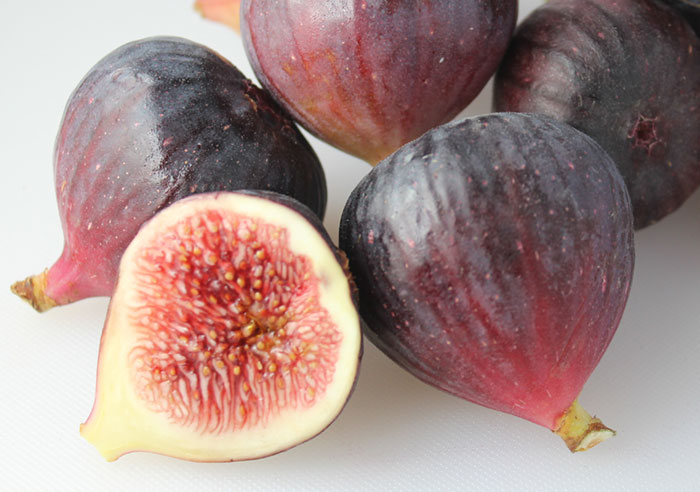
Figs are one of those ancient fruits, up there with dates, grapes and olives, that have been utilized since the dawn of human life. Repeatably mentioned in the Bible as well as valued as a holy tree species in many major religions of the world, they are known to symbolize prosperity, peace and fertility.
Native to the Middle East and then spreading to Mediterranean locations, the Ficus carica species has been widely grown and consumed by humans in regions spanning from Portugal to Afghanistan.
Within the Ficus genus there are also other tropical variations on the Indian subcontinent, like the Ficus religiosa or the "sacred fig." And, did you know that Banyan trees are actually a type of fig tree called a "strangler fig"? Similarly, the sycamore fig is a variety common to numerous areas of the Middle East in addition to Central and South Africa.
As one of the first wild fruits domesticated by humans, long before other food crops, figs are believed to have been a relevant food source for some of the first civilizations on the planet.
Likewise, they are considered to be a "keystone" species helping to sustain wild life populations in addition to maintaining the structure of many ecosystems. Because of this feature they are often viewed as a paradisaical "Garden of Eden" type tree species with thick foliage and very large green leaves that provide ideal shade canopies.
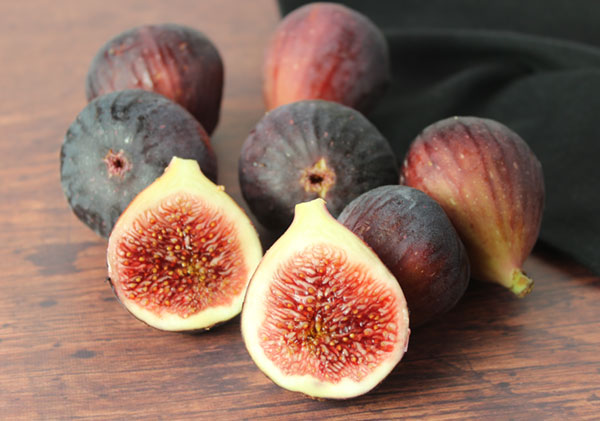
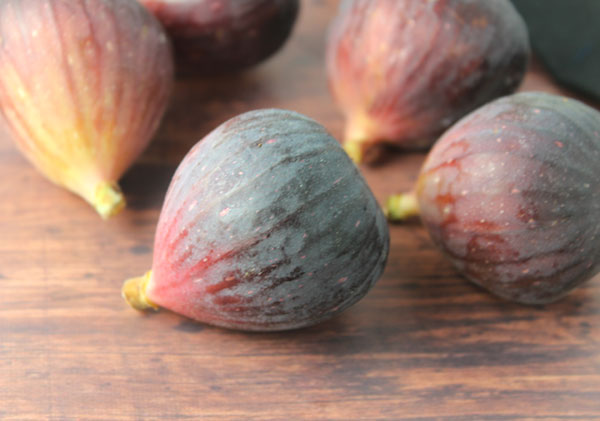
The Different Types of Figs
Most all commercial figs consumed come from the mulberry family and Ficus carica species, which produces dozens of edible plump fruit cultivars.
Generally, there are three main sub-categories classified as the "Common Fig":
- the Common Fig
- the Smyrna
- the San Pedro
Here in California, fig trees were introduced by some of the first Spanish missionaries led by Junípero Serra, hence the "Mission" variety. They are still today a very common wild edible that has naturalized throughout the state, producing massive trees that can reach up to 50 feet (15 meters) in height. Like all fig trees, they produce two crops of fruit in the spring and fall seasons.
If you've never tasted a fresh ripe raw fig, they have a soft edible skin and jelly-like consistency that is sweet, delicious and very appetite satisfying as a morning meal. They are also commonly dried and make a convenient snack food or can be soaked and utilized in recipes. Dried versions are likewise made into a type of "fig paste" which is traditionally used in many Mediterranean dishes.
Why is It Best to Consume Ripe Figs?
Figs are one of those fruits you want to preferably consume at the peak of ripeness. This is not only for taste considerations but also because the unripe fruit, especially the skin and pulp, contains a white milky substance, known as "fig latex", that can cause a burning sensation in the mouth.
Wild figs straight off the tree sometimes crack slightly upon ripeness. This is an indication that less latex is present.
Before we delve into a few benefits of figs from a nutritional standpoint though, first let's address the "dead wasp" issue! This is incidentally, another reason why you might want to consume ripe fig varieties.
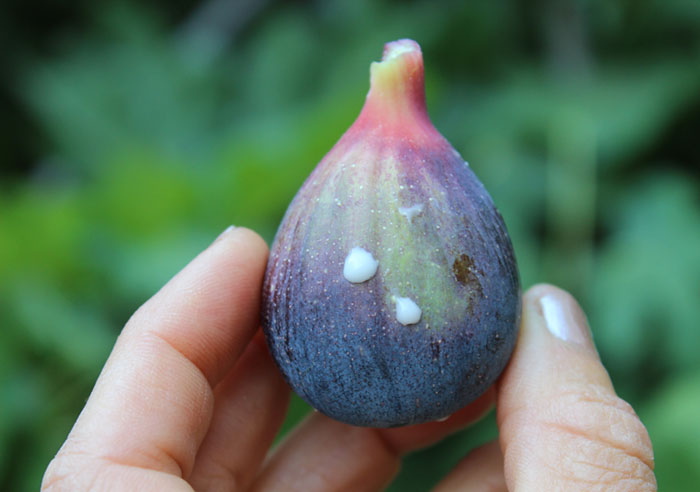 "Fig Latex" Called Ficain or Ficin
"Fig Latex" Called Ficain or Ficin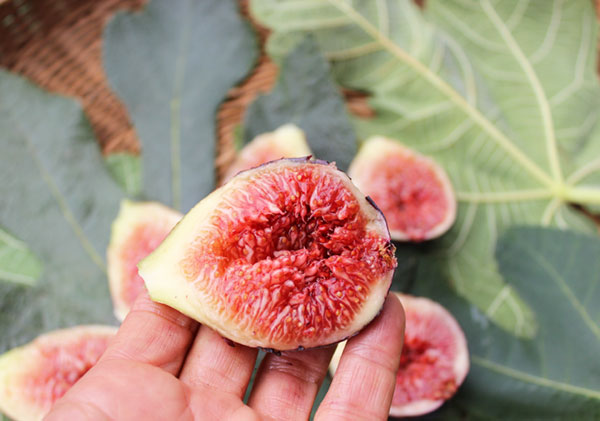
Are Figs Vegan? Do They Contain Dead Wasps?
While figs are basically considered a fruit, technically speaking they are actually an inverted flower. What does that mean? Well, figs are a bit unique in that they basically bloom inside their pods as opposed to externally like most fruit and plant species that can be pollinated by wind, bees or other insects. This means that some species, but not ALL, require cross pollination from the male caprifig for the fruit to reach maturity.
Fig species for example, like the Smyrna and its popular California sub-cultivar known as the Calimyrna fig, are consequently fertilized by a specialized "fig wasp" who tightly squeezes through a hole (or ostiole) at the bottom of the fruit.
A female wasp lays eggs as well as drops pollen inside the internal flowers. Then it dies within the fig. The male larvae who develop first fertilize the females then drill holes in the fruit pod which act as an escape route for wasps that will later hatch.
It is rare that you will see or notice the fragments of dead wasp remains in these varieties because most of the time this protein is consumed by the fig latex-derived proteolytic enzyme known a ficain or ficin after fully ripe.
The crunchy texture in ripe fig fruits is NOT bits of dead wasp. These are the seeds produced from these pollination activities, essentially so the plant can reproduce. Nor are the golden seeds or long white fibrous strands pieces of wasp larvae or eggs.
If you happen to cut open an unripe Smyrna or San Pedro type fig, before the ficin has broken down the wasp protein, it will have a dark spot somewhere in the fruit pulp. You can eat it without harmful effects and in fact it will provide a little more added insect protein if you're into that sort of thing. However, if you'd prefer a vegan fig option, it is best to select soft ripe Calimyrna figs (or Smyrna or San Pedro varieties) rather than firm ones.
The other good news is that the majority of "Common Fig" Ficus carica varieties sold on a commercial scale are produced on female trees that don't require pollenization as they are self-fertile. These include figs such as the: Mission, Kadota, Brown Turkey and Conadria.
So ultimately, there is more of a chance that non-commercially cultivated figs may contain "wasp protein". Most figs you find at your local supermarket do NOT involve wasp fertilization to develop fig fruits.
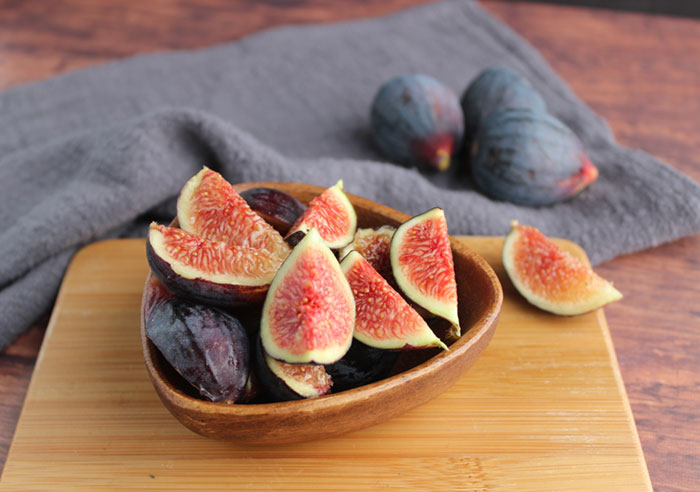
Nutritional Benefits of Figs
High Fiber Food, Good for Constipation
The sensual seedy fibrous pulp and thick outer layer of the fig fruit is a very good source of dietary fiber. As such, one may notice that figs happen to be very appetite satisfying and help you to feel full for longer periods of time.
One of the top benefits of figs and consuming their high fiber content is their ability to encourage healthy bowel functions.
Along with prunes and dates, they are an often top recommended food for constipated conditions useful as a natural laxative. They can be a great addition to the diet for such issues, especially when eaten alone first thing in the morning.
One large fresh fig provides approximately 1.9 grams of dietary fiber or 7% the Daily Value based on a 2000 calorie diet.
In one study conducted on dogs, it was shown that fig paste promoted laxative effects and decreased high protein diet-induced constipation by increasing fecal weight and shortening transit time. It was concluded that fig paste might be useful for humans suffering from diet-related constipation.
Contains Antioxidants: Polyphenols, Flavonoids and Anthocyanins
Fig fruit skin and pulp is also valued for its high amount of polyphenol content which exhibits antioxidant properties. Some varieties notably have more than others and dried figs are shown to be particularly concentrated. (*)
In some research, the polyphenol content found in two Tunisian fig varieties, Temri and Soltani, were observed to be the main components responsible for the antioxidant activities.
And in one review published in the Journal of Evidence-Based Complementary Alternative Medicine, it was reported that fig fruits might even contain greater phenolic compounds than red wine and tea. (*)
One of the studied flavonoids found in figs, especially the skin, is anthocyanin. This is a purple, red or blue plant pigment also concentrated in other super fruit varieties like acai, maqui, blackberries and blueberries.
The main anthocyanin in most all fig fruits, according to research, was the cyanidin-3-O-rutinoside or C3R compound.
In other reports analyzing six different commercial fig varieties ranging in color from green, yellow, black and red, the dark-skinned Mission fig variety showed the "highest antioxidant capacity."
Ficus carica Polysaccharides
The Ficus carica species is also apparently composed of plant-specific polysaccharides known as FCPS (Ficus carica polysaccharides). Although scientific research is currently limited, in some investigation these polysaccharides are identified to have an influence on modulating immune response, providing antioxidant and potential antitumor properties. (*)
In one study on carp, FCPS was shown to up regulate immune related gene expression, stimulate immune response and enhance disease resistance.
Top Nutritional Benefits of Figs
Snacking on fresh or dried figs is a low-calorie way to increase your intake of some essential nutrients.
According to nutrition data, fig fruits are a good source of minerals and vitamins like potassium, magnesium, calcium, iron and zinc, in addition to the vitamins K, B6, A and C. (*)
One Large Fresh Fig
(Daily Values based on a 2,000 calorie diet)
Potassium - 149 mg, 4% DV
Manganese - 0.1mg, 4%
Magnesium - 10.9 mg, 3% DV
Calcium - 22.4mg, 2% DV
Iron - 0.2mg, 1% DV
Zinc - 0.1mg, 1% DV
Vitamin K - 3.0 mcg, 4% DV
Vitamin B6 - 0.1 mg, 4% DV
Vitamin A - 90.9 IU, 2% DV
Vitamin C - 1.3mg, 2% DV
One Ounce of Dried Figs
Total Sugars - 13.4 g
Sucrose - 19.6 mg
Glucose - 6942 mg
Fructose - 6420 mg
Galactose - 36.4 mg
They are often considered a beneficial food for reducing hypertension. This is mostly due to the fact that dietary potassium can help to balance and excrete high sodium levels associated with higher blood pressure risk.
Figs are viewed as a health-enhancing fruit for increasing bone density. Magnesium and calcium are of course helpful nutrients that work
together for healthy bones. Fig fruit is also a source of fat soluble
vitamin K, a deficiency of which can "increase the risk of osteoporosis
and fractures." (*)
While dried figs are nutrient dense, because the water content has been evaporated, keep in mind they are also higher in sugar content and sometimes harder to digest.
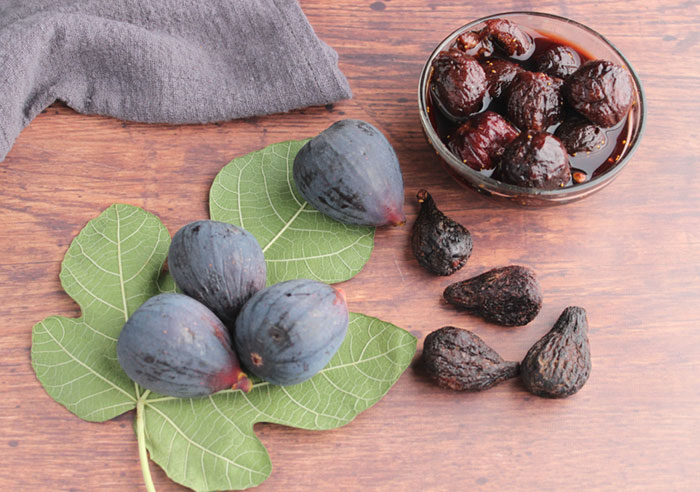
How to Use
The best way to eat a fig in our opinion is straight as a fresh ripe fruit. However, because figs are somewhat fragile and have a relatively short shelf life they are commonly available as a dried variety outside of their habitat locations.
Fresh figs can be found at most major grocery stores when in season and of course at local farmers markets in fig-producing regions. It is a good idea to store them in the refrigerator as they will last considerably longer.
There are a multitude of ways to use both fresh and dried figs and different cultures have their own unique ways to utilize them. In many countries, fig paste is often used to add moisture and sweetness to various types of desserts. In the U.S., figs became very popular with the invention of the Fig Newton, a type of soft centered cookie featuring the paste ingredient.
We use soaked and blended figs in our raw chocolate cake as well as many dehydrated recipes like our apple cinnamon granola.
Precautions:
Figs consumed in excess may cause loose stools. We recommend avoiding figs (especially dried varieties) if you have sugar sensitive health issues, like candida overgrowth. Consult your healthcare practitioner before adding large amounts of figs to the diet if pregnant, nursing, or have a serious health condition.
Shop Related Products (About Affiliates & Amazon Associate Paid Links)
Affiliate Disclaimer: This section contains affiliate product links. If you make a purchase through our recommended links, we receive a small commission at no additional cost to you. Thanks for the support.
